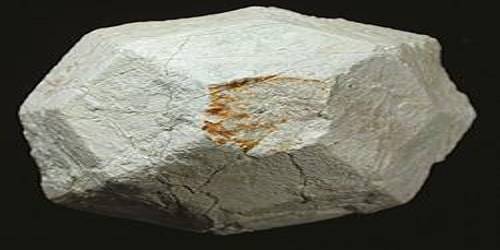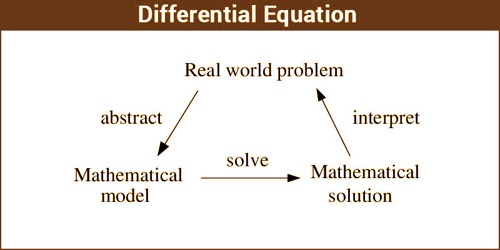Davinciite is a very rare mineral of the eudialyte group, with the simplified formula Na12K3Ca6Fe32+Zr3(Si2O73OH)Cl2. The formula given does not show the presence of cyclic silicate groups. The type material of davinciite is deposited in the Fersman Mineralogical Museum, Russian Academy of Sciences, Moscow.
The mineral was named after Leonardo da Vinci to refer to the atypical geometrical forms he tended to use, compared by the authors of the mineral description to the atypical geometry of the Davinciite structure. The other quite atypical feature of Davinciite is its lavender color, while the typical eudialyte is rather pink or red.
General Information
- Category: Silicate mineral, Cyclosilicate
- Formula: Na12K3Ca6Fe32+Zr3(Si2O73OH)Cl2
- Crystal system: Trigonal
- Crystal class: Ditrigonal pyramidal (3m)

Properties
Davinciite is dark lavender and transparent, with a vitreous luster and white streak. The new mineral is brittle, with a conchoidal fracture; the Mohs’ hardness is 5. No indications of cleavage or parting were observed. The measured density is 2.82(2) g/cm3 (volumetric method); the calculated density is 2.848 g/cm3.
- Colour: Dark lavender
- Crystal habit: inclusions in rastsvetaevite
- Fracture: Conchoidal
- Tenacity: Brittle
- Mohs scale hardness: 5
- Luster: Vitreous
- Streak: White
- Diaphaneity: Transparent
- Density: 2.82 (measured), 2.85 (calculated; approximated)
- Optical properties: Uniaxial (+)
Occurrence and association
Davinciite was discovered in hyperagpaitic (highly alkaline) pegmatite at Mt. Rasvmuchorr, Khibiny massif, Kola Peninsula, Russia. Aegirine, delhayelite, nepheline, potassium feldspar, shcherbakovite, sodalite (silicates), djerfisherite, rasvumite (sulfides), nitrite, nacaphite, and villiaumite are associated minerals.
Information Source:
















